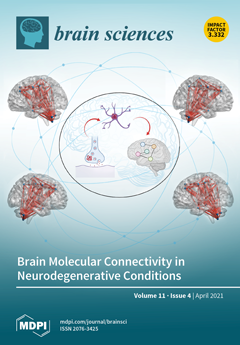Background: Mechanical thrombectomy is the standard therapy in patients with acute ischemic stroke (AIS). The primary aim of our study was to compare the procedural efficacy of the direct aspiration technique, using Penumbra ACE
TM aspiration catheter, and the stent retriever technique, with
[...] Read more.
Background: Mechanical thrombectomy is the standard therapy in patients with acute ischemic stroke (AIS). The primary aim of our study was to compare the procedural efficacy of the direct aspiration technique, using Penumbra ACE
TM aspiration catheter, and the stent retriever technique, with a Solitaire
TM FR stent. Secondarily, we investigated treatment-dependent and treatment-independent factors that predict a good clinical outcome. Methods: We analyzed our series of mechanical thrombectomies using a Solitaire
TM FR stent and a Penumbra ACE
TM catheter. The clinical and radiographic data of 76 patients were retrospectively reviewed. Using binary logistic regression, we looked for the predictors of a good clinical outcome. Results: In the Penumbra ACE
TM group we achieved significantly higher rates of complete vessel recanalization with lower device passage counts, shorter recanalization times, shorter procedure times and shorter fluoroscopy times (
p < 0.001) compared to the Solitaire
TM FR group. We observed no significant difference in good clinical outcomes (52.4% vs. 56.4%,
p = 0.756). Predictors of a good clinical outcome were lower initial NIHSS scores, pial arterial collateralization on admission head CT angiography scan, shorter recanalization times and device passage counts. Conclusions: The aspiration technique using Penumbra ACE
TM catheter is comparable to the stent retriever technique with Solitaire
TM FR regarding clinical outcomes.
Full article






